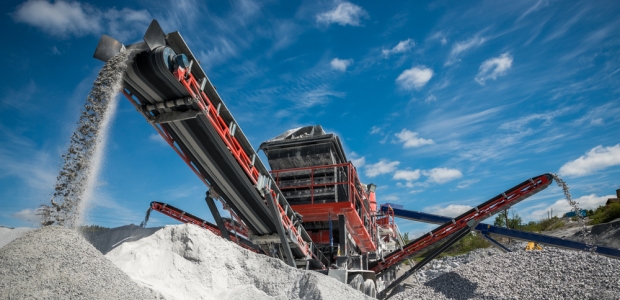
MSHA Launches October Safety Initiative
"MSHA's heightened vigilance during this period will focus additional resources on preventing accidents at both intermittent and full-time mining operations, and we will look hard for the conditions that have led to mining deaths," said Joe Main, assistant secretary of labor for mine safety and health.
October has been the deadliest month of the year in the metal and nonmetal mining industry, with 51 fatalities occurred during the month since 2000. Many of them involved powered haulage and machinery accidents at a time when mines prepare for seasonal changes, according to MSHA, which has launched a safety initiative this month to combat the trend.
"With the onset of cooler weather, many intermittent metal and nonmetal mining operations are preparing for winter by performing annual shutdown activities and disassembling portable plants. Full-time operations are relocating equipment into storage and conducting annual repairs," according to the agency's announcement. "During seasonal transition, miners may engage in new or unfamiliar tasks, working with equipment they service only once a year, or assisting maintenance personnel on jobs they rarely perform."
The initiative includes stepped-up enforcement, education, and outreach such as informational "walk and talks" by federal inspectors at mine sites.
"MSHA's heightened vigilance during this period will focus additional resources on preventing accidents at both intermittent and full-time mining operations, and we will look hard for the conditions that have led to mining deaths," said Joe Main, assistant secretary of labor for mine safety and health. "We strongly encourage the mining industry to join us in these efforts."
Enforcement staffers from Coal as well as Metal and Nonmetal, along with Educational Field and Small Mine Services personnel, will share information on mining deaths and best practices to prevent them, particularly since fall 2013, when the number of metal and metal mining fatalities increased. "This is the time to be proactive. Conduct workplace examinations to identify and fix hazards. Properly train miners so that they can recognize and avoid dangerous conditions and return home at the end of their shift," Main said.
MSHA lists possibly hazardous tasks as disassembling conveyors and transporting and storing sections; accessing pumping stations, especially floating pump decks; rigging, lifting, and towing equipment; rebuilding crushers and screens; and winterizing sand wash facilities. Possible hazardous conditions include unfamiliarity with tasks or equipment, working around water, work at height, and working in cold weather, snow, or ice.
Best practices include these:
- Identify hazards through effective workplace exams
- Control hazards through a detailed work plan
- Provide effective task training based on the work plan
- Lock out and block equipment against hazardous motion
- Provide necessary PPE